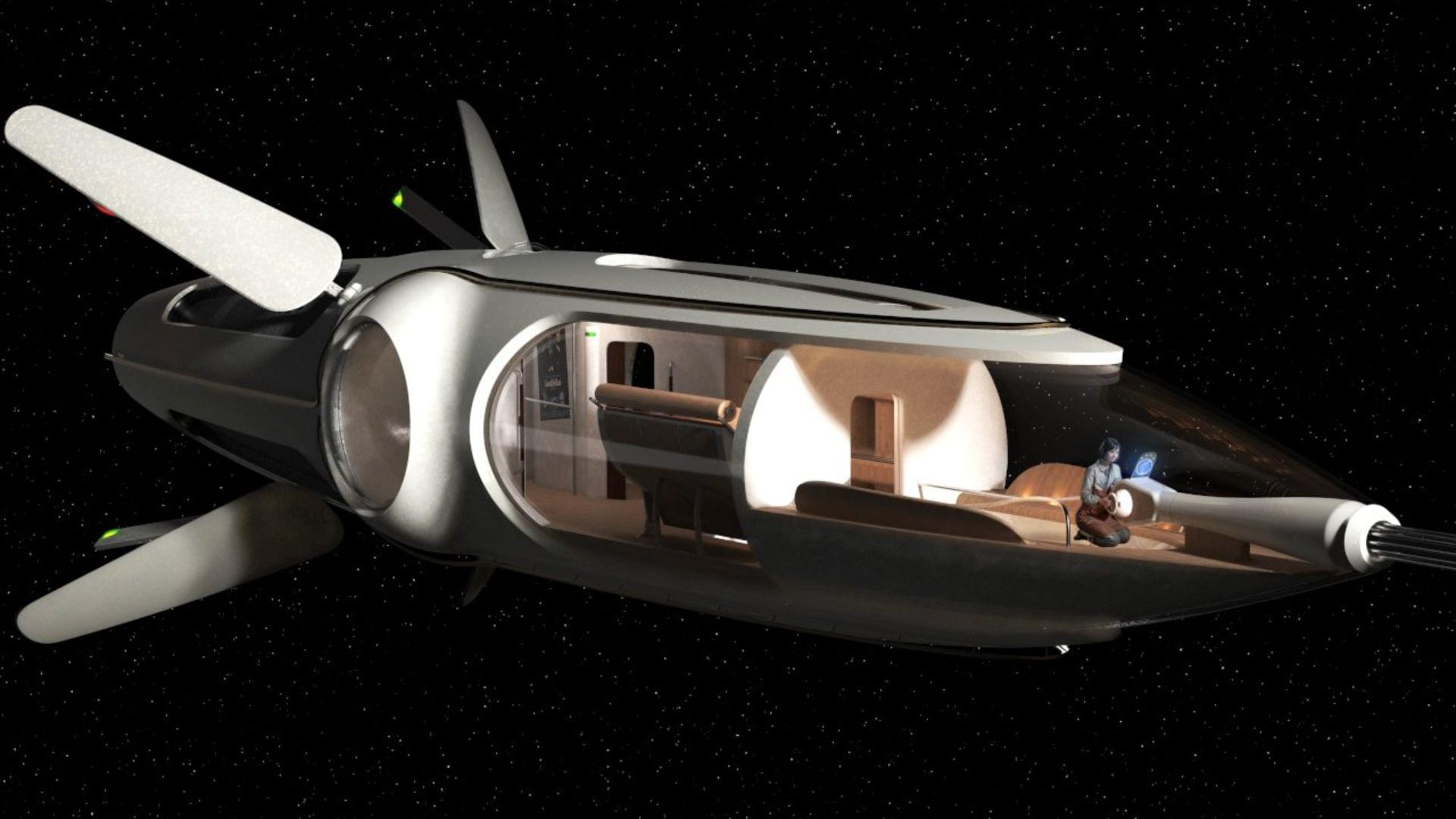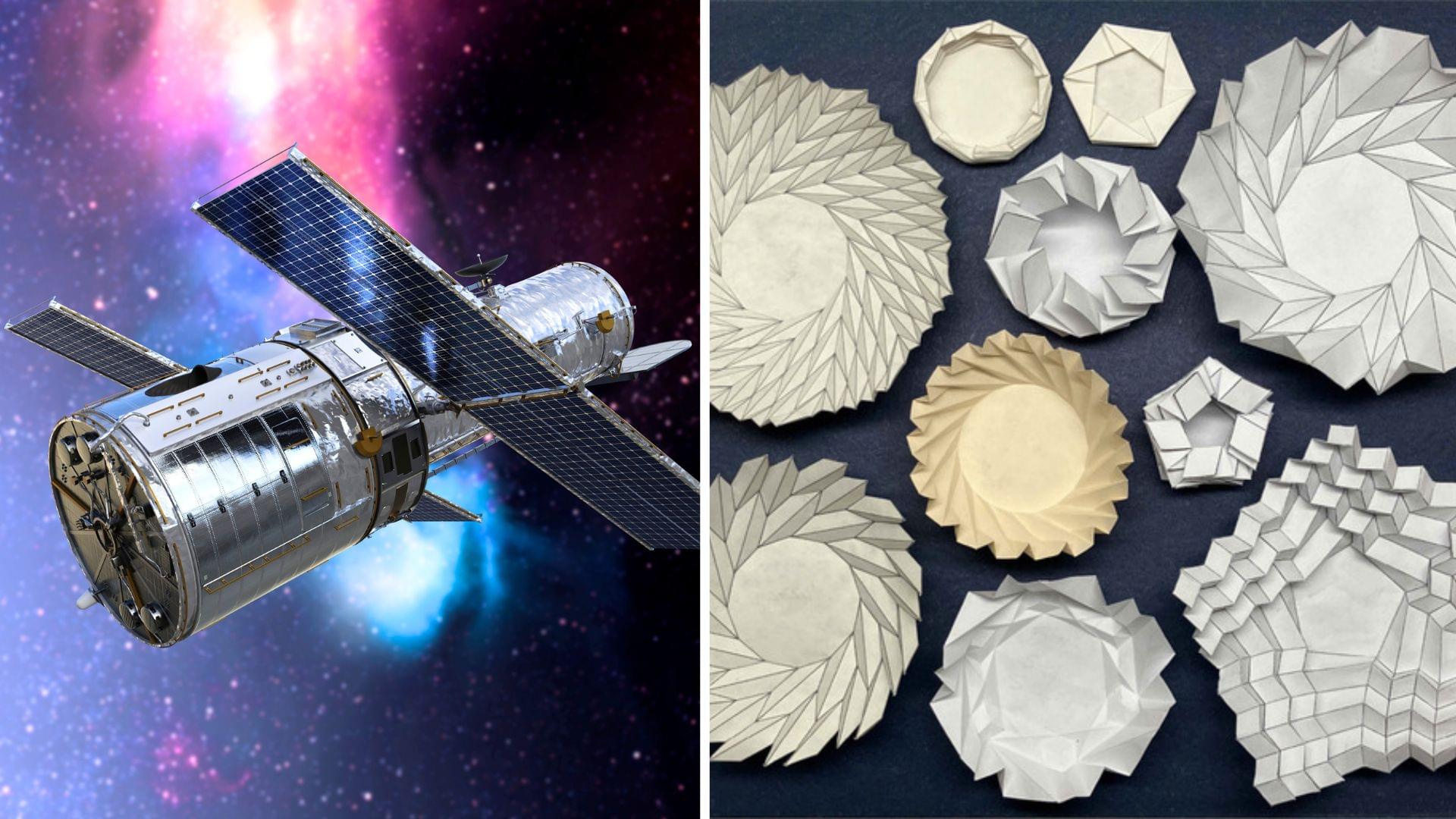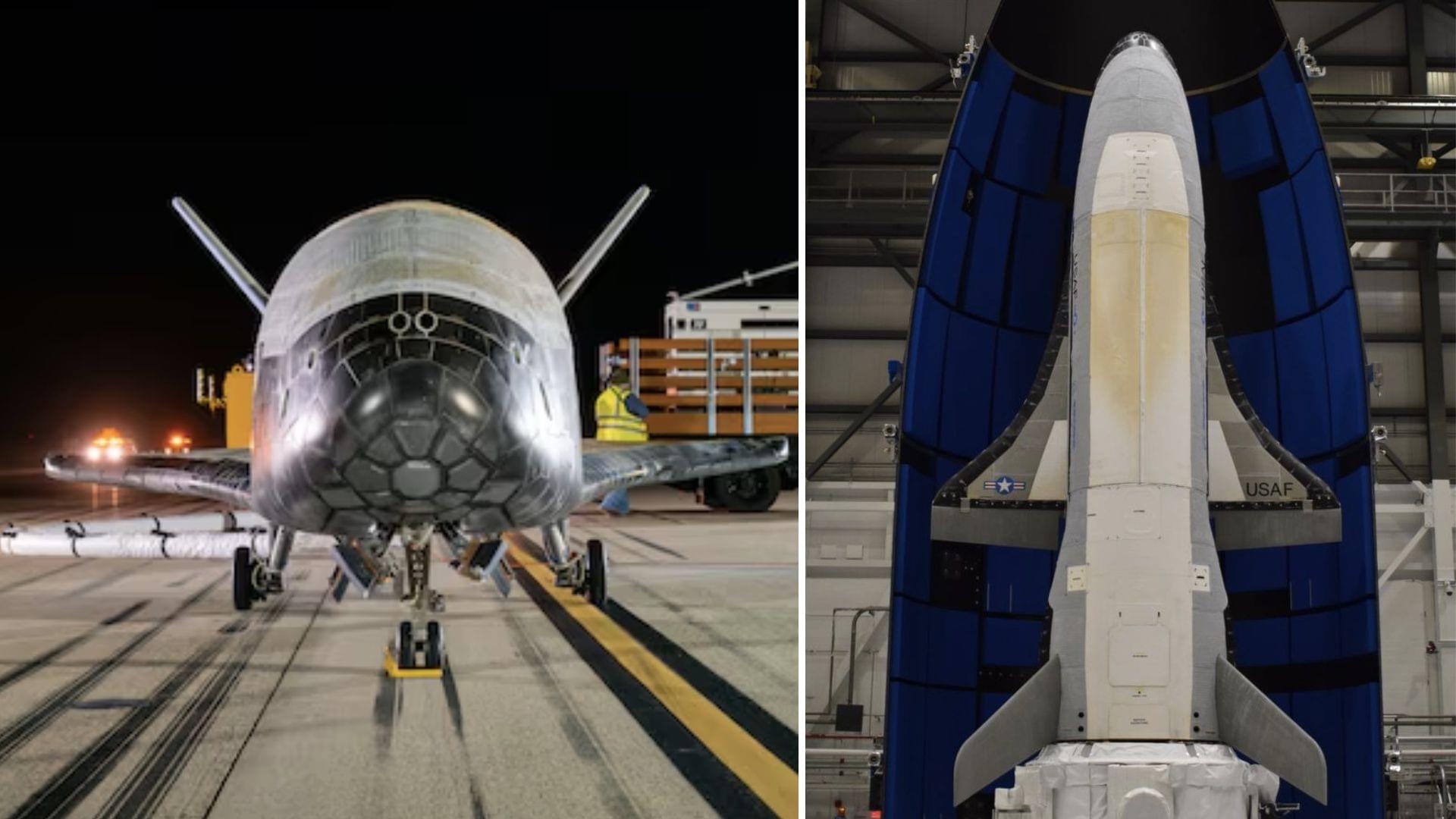Join us LIVE for SpaceX’s Starship 10th Flight Test, streaming as soon as Sunday, August 24, 2025.This mission marks a major step forward following the Flight 9 investigation and Ship 36 static fire anomaly. Engineers have introduced critical hardware and operational upgrades to improve performance and reliability. For this flight, the Super Heavy Booster will conduct multiple experimental maneuvers, including: Landing burn tests to refine precision booster recovery Payload deployment trials to validate orbital operations Reentry experiments advancing Starship’s long-term reusability.
#SpaceX #Starship #StarshipFlight10 #ElonMusk #SpaceXLIVE #SuperHeavy #StarshipLaunch.
Credit: spacex.
Join this channel to get access to perks:
/ @lakeupdate.
Disclaimer: This video is for educational purpose only. Copyright Disclaimer Under Section 107 of the Copyright Act 1976, allowance is made for \.





